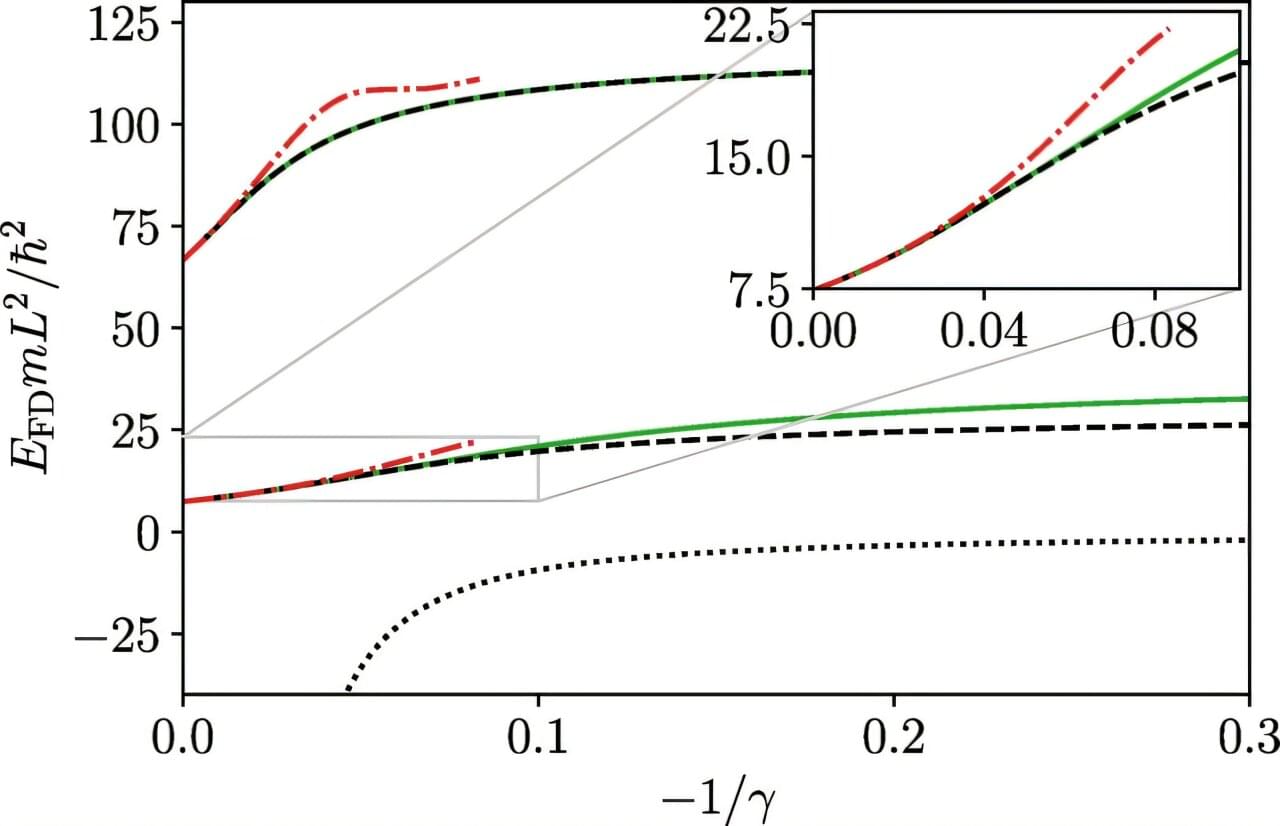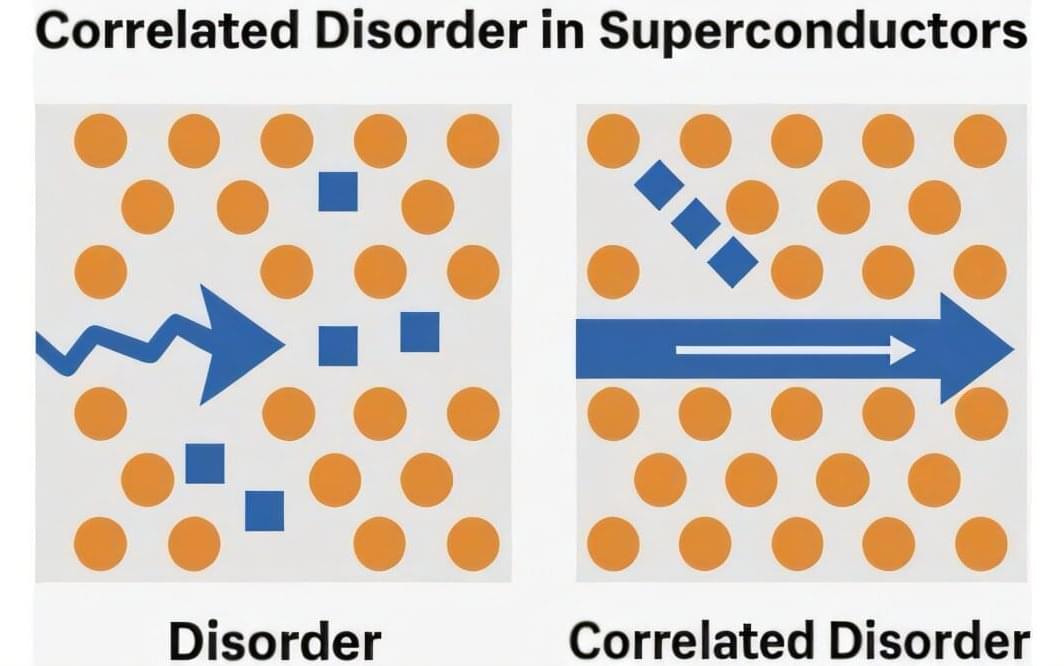Researchers investigating atomic-scale phenomena impacting next-generation electronic and quantum devices have captured the first microscopy images of atomic thermal vibrations, revealing a new type of motion that could reshape the design of quantum technologies and ultrathin electronics.
Yichao Zhang, an assistant professor in the University of Maryland Department of Materials Science and Engineering, has developed an electron microscopy technique to directly image “moiré phasons”—a physical phenomenon that impacts superconductivity and heat conduction in two-dimensional materials for next-generation electronic and quantum devices.
A paper about the research, which documents images of the thermal vibration of individual atoms for the first time, has been published in the journal Science.








